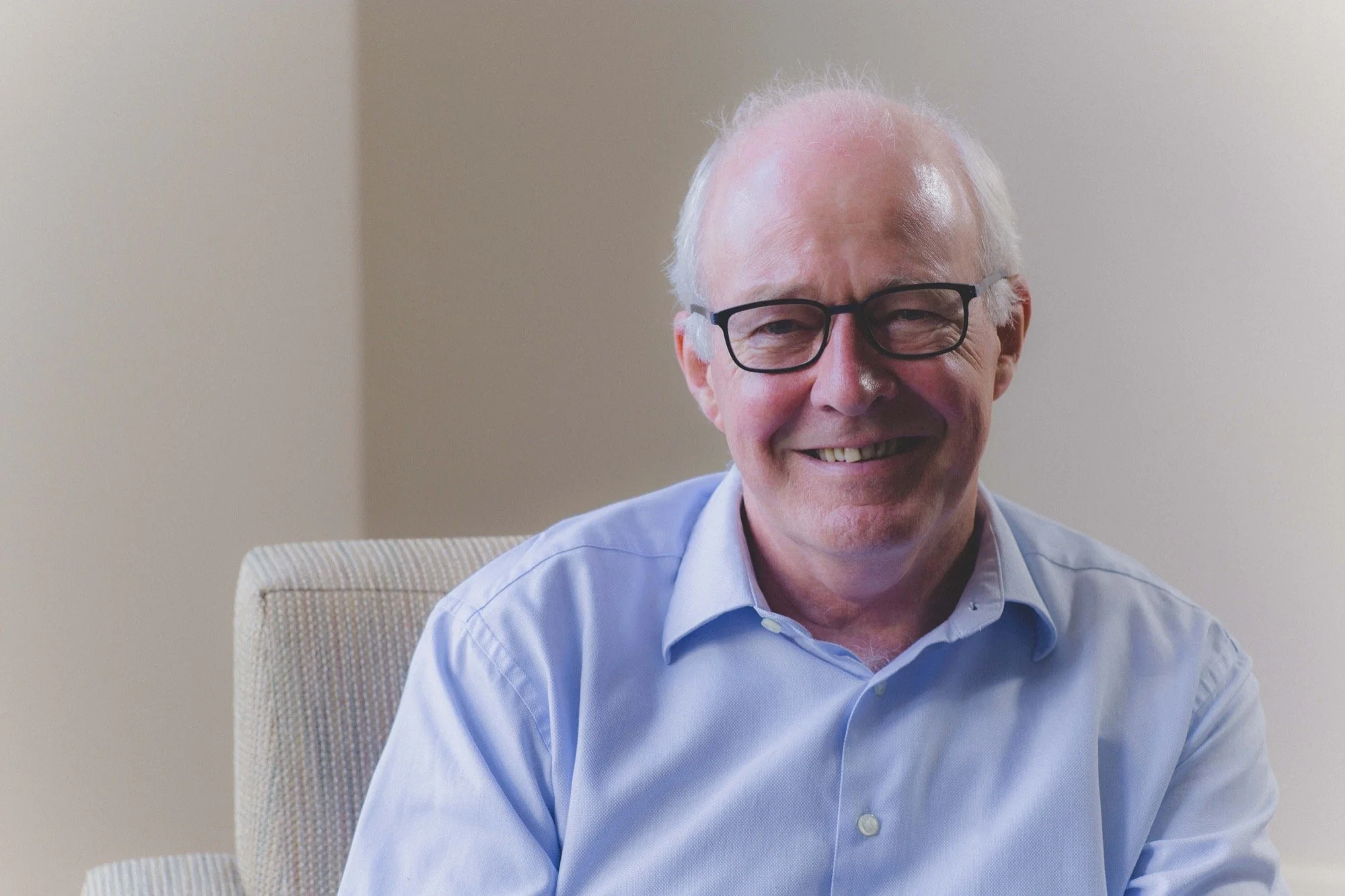By Dr Sinéad Donnelly, Prof Rod MacLeod MNZM, Dr Richard Egan and Dr Simon Walker.
On Sunday, November 7, the End of Life Choice (EOLC) Act will comes into effect in New Zealand, allowing terminally ill people who meet certain criteria to end their lives with the help of a willing health practitioner.
The act marks a significant shift in both medical and societal responses to suffering. As with all new legislation, there will be challenges in its implementation. During the passage of this bill through Parliament, and again in the lead-up to the referendum, conflicting claims were made about the efficacy of the safeguards contained in the EOLC Act.
We need to be able to provide reassurance to people so that they can have confidence that the safeguards work, and vulnerable people are not being coerced into a premature death. This cannot happen without close monitoring
For this reason, it is critical that we gather thorough, robust, and consistent data that can be independently and objectively studied.
Without such data, we will not be able to track the trends of those using assisted dying, including whether the well-documented gaps in service provision and barriers to healthcare that exist for Māori and Pasifika will result in them accessing assisted dying in disproportionate numbers. The Government’s obligations under the Treaty of Waitangi demand transparency about this.
In addition, it will be crucial to pick up whether people are opting for assisted dying (or choosing it earlier than they might otherwise) because of a lack of access to high-quality palliative care, or other deficiencies in primary care services relating to their illnesses or conditions. This is a concern grounded in precedent: a 2020 Canadian report into assisted dying exposed a disturbing lack of access to palliative care and disability support services, which calls into question how meaningful their ‘choice’ was.
It is therefore of great concern to us that, to date, the Ministry of Health is indicating it will only be collecting the minimum data required by the act. This is largely a ‘tick-box’ approach, focusing simply on the requirement that individuals meet the eligibility criteria.
In this respect, the approach being taken by the ministry is at odds with current legal and medical practice. In all other instances where death is caused by another person – whether intentional or accidental – there is the highest level of scrutiny, involving details of the death itself as well as wider contributing factors and observations.
We also need performance information on practitioners of assisted dying. Many of these medical and nursing practitioners will be largely operating independently; a risk in situations when critical life decisions are made. As is the case with so many other high-stakes medical and legal situations, layers of accountability and transparency are necessary to promote practice in accordance with the law. Again, this highlights that if assisted dying is to proceed according to the safeguards, information needs to be collected on the contexts in which people are both requesting and receiving assisted dying.
Finally, we need to know details about the process of dying, including the length of time it takes from the ingestion of medication to death as well as information about any observed side effects such as vomiting and convulsions. One can only imagine how crucial it will be to identify and eliminate any such experiences. There is no current indication that any such details will be recorded, which is, oddly, in direct contrast to the approach taken with many other significant medical procedures.
The data that we are requesting will provide insight to all these issues. It will also put us on a more equal footing with other overseas jurisdictions – which collect far more data than is currently proposed – and allow us to make important comparisons with them.
It will also, crucially, indicate why people are requesting assisted dying, which overseas evidence shows is motivated largely by existential concerns rather than pain.
Aside from all the usual personal indicators of age, gender, ethnicity, etc, we want to see the following anonymised patient details included: education; diagnosis; length of relationship to medical practitioner; reasons for request; availability of palliative care; means by which prognosis was determined; nature of intolerable suffering; and the existence of mental health issues, disability, recent bereavement, loneliness, or financial concerns.
The fact that people are terminally ill means they are more, not less, deserving of protection, and we appeal to the minister of health to address this matter urgently.
We cannot afford to allow the practice of assisted dying to operate in the shadows. It is, after all, a matter of life and death.
The writers are doctors and researchers with the University of Otago and the University of Auckland.

